Blog
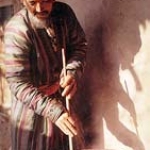
Dyes used in Oriental rugs
(Posted on 06/07/18)In the middle of XIX century chemical rug dyes are spreadover all of the oriental countries. The law issued by Persian government thatprohibited its import, including the order to stop work on all rugsmanufactures that used them, had no effect on the...
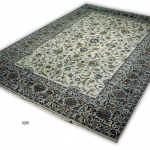
White Kashan
(Posted on 25/04/18)Kashan rugs are woven in workshops of the city of Kashan, innorth central Iran. Kashan rugs style, like most Persian styles, is copied byother areas of Iran as well as other countries such as India, China andPakistan. Their pattern is almost always curvilinear...
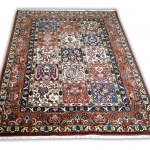
Bakhtiari Rugs
(Posted on 26/02/18)Bakhtiari Rugs are woven in the province of ChaharMahal-and-Bakhtiari located in west central Iran. These rugs are mainly wovenby villagers and to a lesser extent nomad of the area. Bakhtiari style, likemost Persian styles, is copied by other areas of...
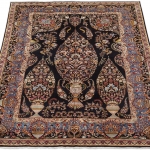
Kerman
(Posted on 31/01/18)Kerman Lavar Rugs and antique Kerman Ravar Carpets refer to the same thing - the prestigious carpet-weaving center known as Ravar / Lavar. Ravar or Lavar is a small village located 80 miles north of Kerman. The rugs produced in Raver / Lavar are often...
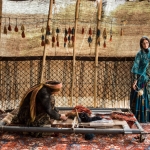
Tips for Determing Authenticity
(Posted on 30/11/17)There are a number of ways to discern a real Oriental rugfrom a replica. Here are a few of the basic ways to confirm authenticity whenpurchasing an Oriental ru 1. Purchase from reputabledealers who come with references or positive reviews 2....
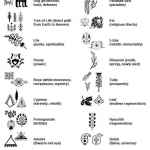
The Meaning of Carpets 1
(Posted on 04/11/17)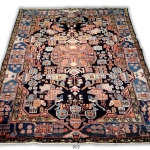
Pile rugs
(Posted on 03/10/17)Generally accepted that they were first made by nomadic Turkic or Mongol tribesmen living somewhere in Central Asia, East Turkestan or Mongolia prior to the beginning of the 1st millennium BC. Their lifestyle (as nomadic herdsmen) and the prevailing...
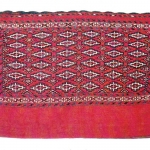
Tribal origins of the weavers
(Posted on 08/09/17)The word tribe is derived from the Latin for three and was first applied by the Romans to a group of autonomous primitive clans as a method of defining their three major political divisions. It is now used to describe any independent or semi-independent...
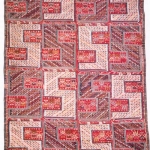
Natural or vegetable dyes
(Posted on 29/07/17)Derived from a number of vegetable, animal and mineral sources, which frequently originated locally, although they are now often imported from other areas. Some natural pigments are intrinsically fugitive and were only used in the past because they were...
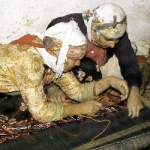
Buying a Kilim
(Posted on 04/07/17)Before buying a kilim always ask yourself ‘why you want it’ and ‘how much you can afford to pay’. No matter how attractive or inexpensive a kilim may be, it can be a waste of money if it does not fit the space allocated, or...




